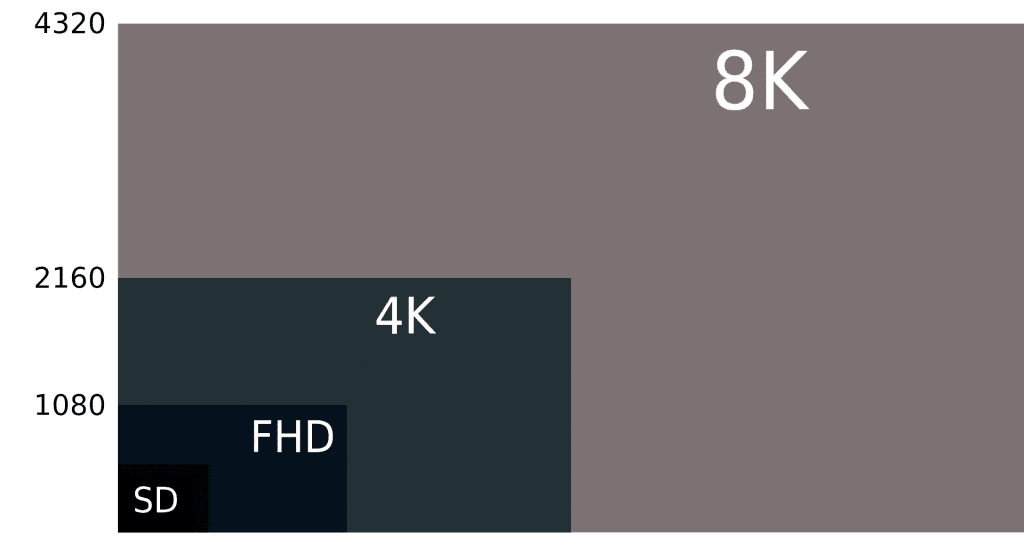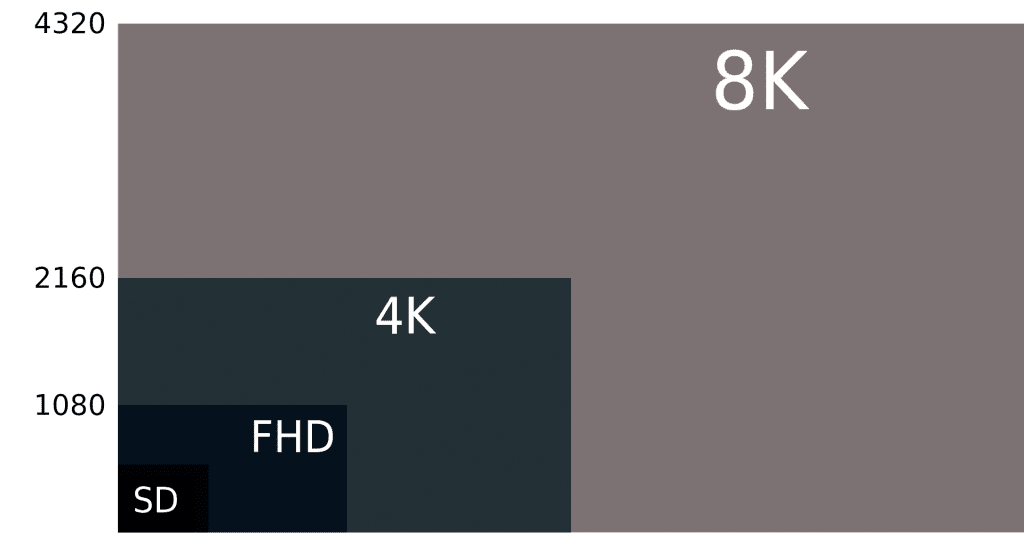First of all, I am using the word “transcoding” in this article instead of “encoding”. You may have heard the term “encoding” used in this context, and for the purposes of this article, they are completely interchangeable. So when I talk about 4K transcoding, it’s basically the same as 4K encoding.
When we start talking about the future of video streaming, the term 4K comes up a lot. But what does the term “4K” actually mean? Generally speaking, 4K or UHD (ultra high definition television) refers to horizontal resolutions of 4.000 pixels, although the actual resolution is either 3840 x 2160 pixels, at an aspect ratio of 16:9, or 4096 x 2160 at an aspect ratio of 19:10.
HLS 4K and MPEG-DASH 4K
These high quality video files come at a price, and that is the high bitrates required to deliver them over the internet. With that in mind, adaptive streaming technologies will be instrumental in their use, so HLS 4K and MPEG-DASh 4K will become the norm for UHD online.
4K Transcoding
As more and more TV and hardware manufacturers bring 4K devices to market, the demand for HLS 4K and MPEG-DASh 4K will rise and with it the need for 4K transcoding services, such as Bitmovin’s cloud based transcoding service. Live streaming services, like Netflix, already offer UHD streams, and we will see them more and more in our daily online experiences.

Bitmovin is already in a position to deliver 4K transcoding for HLS 4K and MPEG-DASH 4K adaptive streaming packages, so we are ready to help you provide your customers with the 4K experience. Contact us for a 4K demonstration.
With Bitmovin you are always one step ahead. We have already enabled 8K transcoding with more than 33 Mio. pixels per frame at a resolution of 7680 x 4320. This consumes a lot of computing power – also at playback. Again, contact us for a 8K demonstration.
Both demos 4K and 8K are encoded with H.264/AVC as this is currently the only way to enable playback on a broad range of devices. We are already working on the HEVC integration which will be released soon!
Follow us on Twitter: @bitmovin




